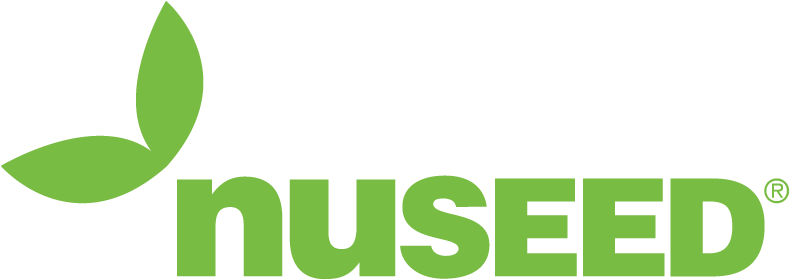Achieving success with sunflowers requires getting the crop off to a good start.
Of the steps involved with sunflower production, planting is important to get right, and is central to a crop’s success. However, before planters are adjusted and seed is put in the ground, best results begin with pre-plant planning. First thing to take into consideration is Sunflower Rotational Benefits.
Contract & Hybrid Options
After planning sunflowers into the rotation and before purchasing seed, an understanding of the different sunflower markets is important. Whether it’s oil, confection or conoil, markets should play a central role in a producer’s hybrid choices. Producers must choose the sunflower hybrid for the market they plan to enter and for the specific region where it will be planted. It is a good idea to choose a hybrid that is demand and has strong contracts or prices. The crops versatility can allow growers to sell to several different markets.
Nuseed sunflower distributors in the United States and authorized retailers in Canada know the Nuseed sunflower hybrids that are best suited for your regions and the markets they can be used for, and will aid producers with hybrid choices. However, before purchasing seed, growers must confirm with buyers or processors that their hybrid choices are appropriate.
“The first step is to talk to your seed dealer and decide what market you want to go into, and what market is a good fit,” says Alison Pokrzywinski, Nuseed’s Sunflower Product Development Manger for North America. “They know the right Nuseed hybrids and their planting deadlines.

Fertilizer Rates
After rotation, meeting the crop’s specific nutrition and fertilizer requirements are important to attain best results. It is a good idea to have your soils analyzed each year by a company offering soil testing, precision agriculture and crop planning, and follow their fertility management plan.
Sunflower may not require as much nitrogen as other crops, says Pokrzywinski, and over-fertilization may do more harm than good. It’s also important to remember fertilizer can’t be placed in-furrow, but there are still options to place it in the soil, she says.
“After planting wheat or corn, producers think sunflowers need a lot of nitrogen. They don’t, necessarily. In fact, you can have a negative response by applying too much nitrogen – your yield can decrease and your plants get very tall and lanky, and can lodge more. Assess what your soil has available against what your crop needs and apply accordingly.”
Seedbed Prep
Proper seedbed preparation is required prior to seeding sunflowers. Whether it’s conventional-till, or no-till, a clean weed free and even seedbed promotes uniform germination and emergence, and good plant stand establishment.
In a no-till situation, Pokrzywinski recommends maintaining clean fields with good chemical control to get plants off to a strong start. She suggest applying pre-plant or pre-emergence herbicide in addition to Dupont’s ExpressSun or BASF’s Clearfield productions systems.
“The majority of growers are putting some sort of ‘pre-‘ down, most of them being Spartan, or something from the Spartan family,” she says. Spartan, available in the United States, is a Group 14 pre-plant or pre-emergence heribicide with sulfentrazone as the active ingredient.
A Group 15 herbicide with the active ingredient pryroxasulfone, with a supplemental sunflower label in the United States and is another tool in the toolbox and having options helps break up Glyphosate, says Pokrzywinski.
The planning and preparation growers do before pulling into the field is every bit as important as when they start putting the seed into the ground.



